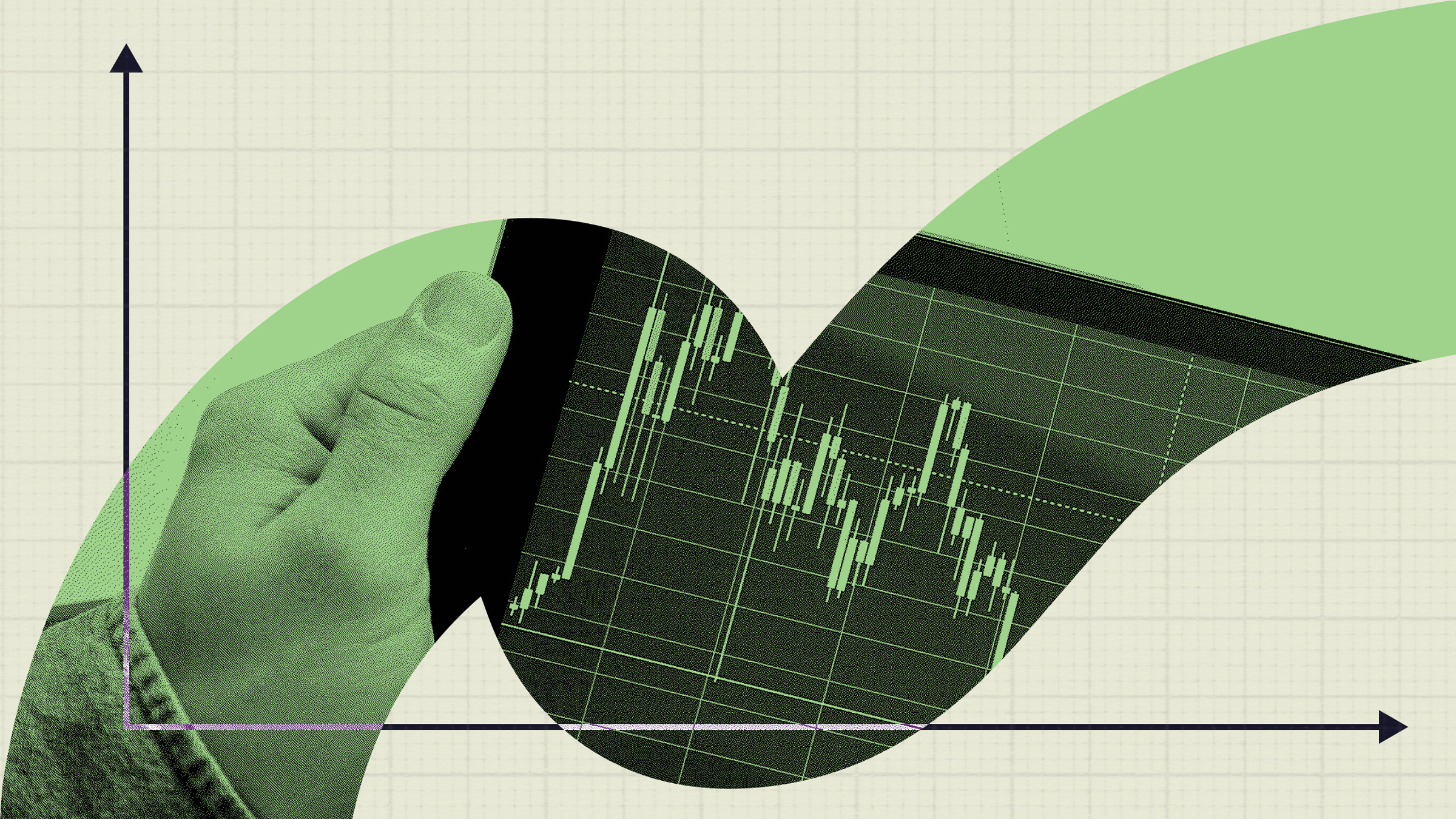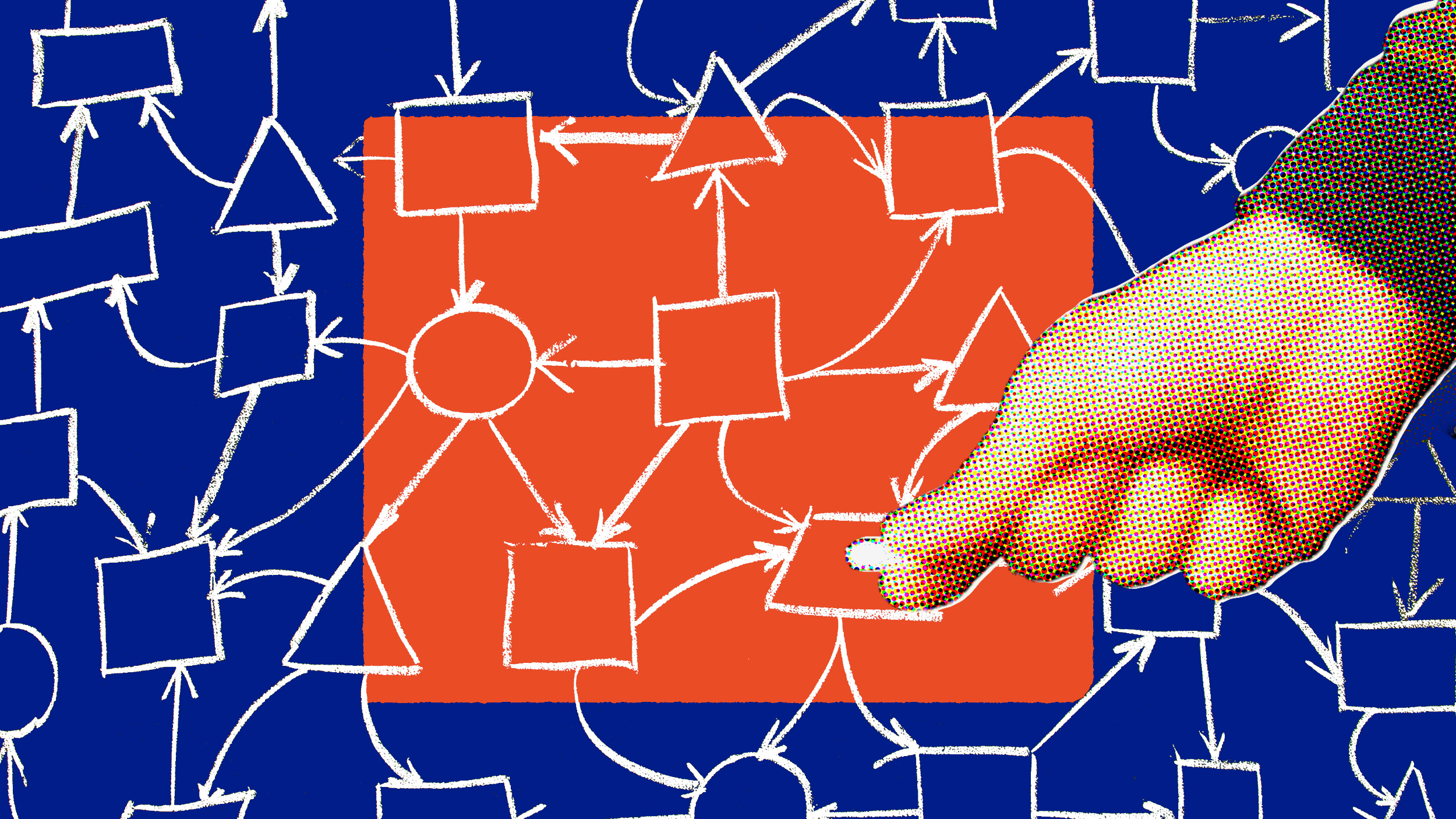The Fourth Era of Financial Markets

Are the financial markets rational? It’s a tough claim to make as share prices and bond yields zoom up and down during a single day, hour, or even second, sometimes without any obvious reasons. Yet for the first time in human history, the markets may be approaching the ideal of rationality that economists have long cherished.
Since the very beginning of organized financial markets, bubbles and panics have been a fact of life. In the twentieth century, however, economists decided that people were rational; they made the best decisions possible using all the information available, and they didn’t make mistakes systematically. But this theory didn’t jive well with the facts. The markets still acted in ways that economic theories couldn’t predict.
Enter behavioral finance. For the past two decades or so, researchers working at the nexus of economics and psychology have been able to model the apparently irrational behavior of markets. They’ve studied why people appear to act against their own interests, become overconfident in their ability to interpret new information, and let the spirit of the mob take over. Not surprisingly, plenty of traders have tried to take advantage of this new modeling to predict ups and downs in the markets. These days, some are even using Twitter and other social media (http://www.usatoday.com/money/perfi/stocks/2011-05-03-wall-street-traders-mine-tweets_n.htm) to gauge hysteria and use it for arbitrage – buying securities whose value has been depressed by hysteria, or selling those that have been overhyped.
Yet something happens when traders engage in arbitrage on a massive scale: the arbitrage opportunities tend to disappear. The very trades intended to take advantage of the market’s mispricing end up setting new prices that better reflect the value of the underlying securities. By trying to exploit hysteria, traders may be doing away with it altogether.
As a result, we are entering the fourth era of financial markets. In the first era, markets fluctuated wildly, but no one knew why. Later, economists claimed to know why but had missed a vital piece of the puzzle. Then they found the missing piece, and its importance was quickly transmitted from the ivory tower to the trading floor. And now, at last, the markets have a chance to become the classically rational stuff of economists’ dreams.





